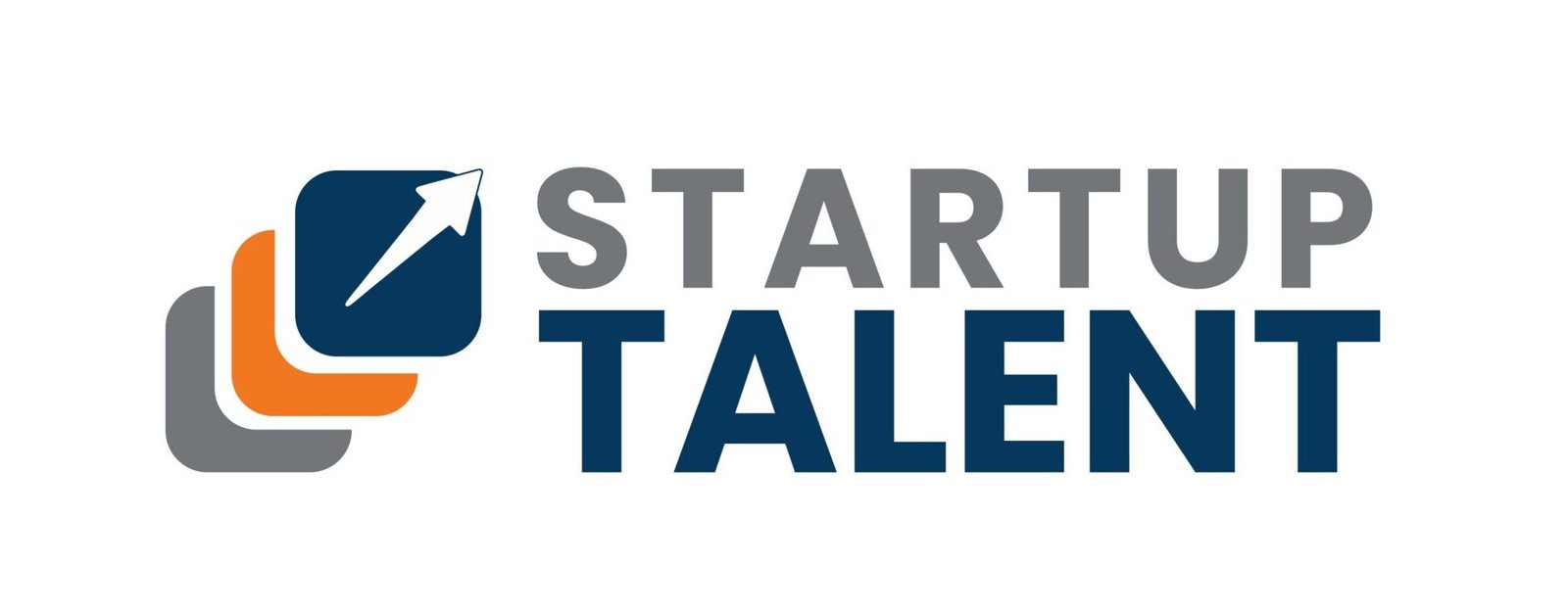In the fast-moving business world, it’s essential for startups to keep up with new technology. It is crucial for startups to swiftly embrace new technologies. This enables them to maintain a competitive edge and sustain growth. However, adopting new technologies isn’t without its hurdles. Startups must exercise caution to avoid overspending on untested or unnecessary tools. Additionally, they must ensure compatibility with existing systems and procedures.
AI and Machine Learning
In recent years, artificial intelligence (AI) and machine learning have gained significant attention in the business world. It offers various advantages for startups seeking a competitive edge. They can streamline processes by automating tasks like customer service or data entry, allowing employees to focus on more strategic activities such as product development. Moreover, these technologies enable startups to analyze data more effectively, leading to better decision-making across product development, marketing, and operations.
For instance, machine learning can help identify patterns and trends in customer data, empowering startups to enhance their products and target their marketing efforts more efficiently.
Cloud Computing
In the past, startups had to invest heavily in hardware and software upfront, along with hiring IT staff to manage and maintain these resources. This posed significant risks and expenses for young companies with limited funds.
However, nowadays, startups are turning to cloud computing to cut costs and enhance flexibility. With cloud computing, startups only pay for the resources they actually use, and they can easily adjust their usage as their business evolves.
Many startups are opting for cloud-based services like Amazon Web Services (AWS) and Google Cloud Platform (GCP). These platforms offer a range of services that startups can leverage to develop and run their applications. Both AWS and GCP operate on a pay-as-you-go model, meaning startups only pay for what they use, eliminating the need for large upfront investments in hardware and software.
Moreover, these platforms provide a wide array of services tailored to startups’ needs. For instance, AWS offers Amazon Elastic Compute Cloud (EC2), providing scalable compute capacity in the cloud, while GCP offers Google App Engine (GAE) for building and deploying applications on Google’s infrastructure.
Given above were just two examples of technological advancements that require acceptance by any modern day startup. The main task now is to adapt the startup teams to use and apply the regular additions to technology efficiently.
Attending Technology Conference and Events
Participating in technology conferences, summits, and trade shows presents an invaluable opportunity to stay abreast of industry developments. By attending keynote addresses, engaging in workshops, and joining panel discussions, attendees can glean insights from industry experts and deepen their understanding of emerging trends.
Furthermore, these events typically feature exhibitions where companies unveil their latest products, prototypes, and solutions. This allows participants to interact directly with cutting-edge technologies and witness their real-world applications.
Navigating the Digital Landscape: Strategies for Employee Training
Here are ten strategies to help educate your employees on essential tools in our increasingly digital world –
1. Thorough Research and Selection – Before diving into training, it’s essential to conduct comprehensive research to identify the most suitable platforms and systems for your business. Consult with knowledgeable team members, such as software developers and IT staff, to ensure alignment with your company’s goals and infrastructure.
2. Mastery Through Understanding – Prioritize understanding the chosen software or technology yourself before leading training sessions. Your proficiency will serve as a model for employees and instill confidence in their learning journey.
3. Tapping External Expertise – Consider leveraging external experts to supplement internal training efforts. These experts can offer specialized knowledge and perspectives, enhancing the effectiveness of the training process.
4. Persuasive Pitching – Effectively communicate the importance and benefits of new technologies to employees. Creating enthusiasm and buy-in is crucial for successful adoption and engagement.
5. Incentivizing Engagement – Encourage employee participation by offering incentives for active involvement in training sessions. Whether through gamification or tangible rewards, incentivizing engagement can boost enthusiasm and commitment.
6. Tailored Training Presentations – Recognize and accommodate diverse learning styles and paces among employees. Customize training presentations to cater to the specific needs and functions of different departments, ensuring relevance and effectiveness.
7. Strategic Rollout Timeline – Develop a clear timeline for the phased implementation of new technologies across the organization. Establishing benchmarks and allowing for flexibility are essential to navigate unforeseen challenges effectively.
8. Defining Clear Goals – Set measurable objectives for the training program, including desired learning outcomes, timelines, and performance metrics. Clear goals provide direction and accountability throughout the training process.
9. Celebrating Milestones – Acknowledge and celebrate achievements and milestones reached during the training journey. Recognizing successes reinforces the value of new technologies and motivates continued engagement and growth.
10. Continuous Improvement – Embrace a culture of ongoing learning and improvement. Regularly assess and refine training processes to adapt to evolving technologies and ensure sustained employee development.
By implementing these strategies, you can effectively educate your employees on critical tools and empower them to thrive in an increasingly digital landscape.
Remote Work as an emerging trend
The concept of remote work has been steadily gaining traction over the years, but the COVID-19 pandemic has dramatically accelerated its adoption. As more individuals transition to working from home, discussions surrounding the future of traditional office spaces have intensified. This shift poses both opportunities and challenges for startups.
On one hand, remote work offers startups increased flexibility, cost savings, and access to a global talent pool. However, it also presents hurdles such as communication barriers and the potential dilution of company culture. Despite these obstacles, remote work is undeniably becoming a permanent fixture, significantly influencing the trajectory of startups.
Startups must adapt by investing in suitable tools, technologies, and operational strategies to effectively navigate the remote work landscape.
Additionally, they must consider reimagining the concept of the office itself, envisioning spaces conducive to collaboration, innovation, and productivity in a remote environment.
Startup Talent Pro – Talent Recruitment for Startups helps to Create the ultimate startup dream team efficiently and affordably, accelerating your company’s growth potential. Cut down recruitment expenses and time by fivefold by choosing Startup Talent Pro. That’s how you train your startup to face the future!






